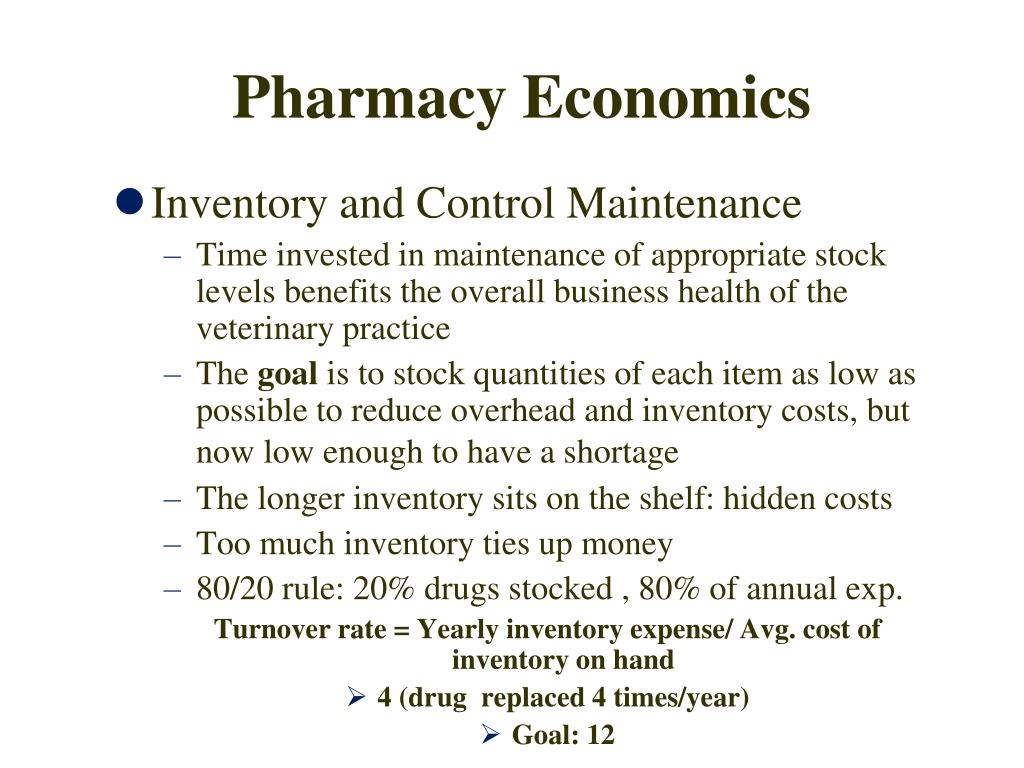Do you hope to find 'pharm ch5 sympathomiometicanticholinergic drugs sabalabasamalama essay'? You will find all of the details here.
Table of contents
- Pharm ch5 sympathomiometicanticholinergic drugs sabalabasamalama essay in 2021
- Pharm ch5 sympathomiometicanticholinergic drugs sabalabasamalama essay 02
- Pharm ch5 sympathomiometicanticholinergic drugs sabalabasamalama essay 03
- Pharm ch5 sympathomiometicanticholinergic drugs sabalabasamalama essay 04
- Pharm ch5 sympathomiometicanticholinergic drugs sabalabasamalama essay 05
- Pharm ch5 sympathomiometicanticholinergic drugs sabalabasamalama essay 06
- Pharm ch5 sympathomiometicanticholinergic drugs sabalabasamalama essay 07
- Pharm ch5 sympathomiometicanticholinergic drugs sabalabasamalama essay 08
Pharm ch5 sympathomiometicanticholinergic drugs sabalabasamalama essay in 2021
 This image demonstrates pharm ch5 sympathomiometicanticholinergic drugs sabalabasamalama essay.
This image demonstrates pharm ch5 sympathomiometicanticholinergic drugs sabalabasamalama essay.
Pharm ch5 sympathomiometicanticholinergic drugs sabalabasamalama essay 02
 This image demonstrates Pharm ch5 sympathomiometicanticholinergic drugs sabalabasamalama essay 02.
This image demonstrates Pharm ch5 sympathomiometicanticholinergic drugs sabalabasamalama essay 02.
Pharm ch5 sympathomiometicanticholinergic drugs sabalabasamalama essay 03
 This image representes Pharm ch5 sympathomiometicanticholinergic drugs sabalabasamalama essay 03.
This image representes Pharm ch5 sympathomiometicanticholinergic drugs sabalabasamalama essay 03.
Pharm ch5 sympathomiometicanticholinergic drugs sabalabasamalama essay 04
 This image illustrates Pharm ch5 sympathomiometicanticholinergic drugs sabalabasamalama essay 04.
This image illustrates Pharm ch5 sympathomiometicanticholinergic drugs sabalabasamalama essay 04.
Pharm ch5 sympathomiometicanticholinergic drugs sabalabasamalama essay 05
 This picture representes Pharm ch5 sympathomiometicanticholinergic drugs sabalabasamalama essay 05.
This picture representes Pharm ch5 sympathomiometicanticholinergic drugs sabalabasamalama essay 05.
Pharm ch5 sympathomiometicanticholinergic drugs sabalabasamalama essay 06
 This image representes Pharm ch5 sympathomiometicanticholinergic drugs sabalabasamalama essay 06.
This image representes Pharm ch5 sympathomiometicanticholinergic drugs sabalabasamalama essay 06.
Pharm ch5 sympathomiometicanticholinergic drugs sabalabasamalama essay 07
 This image illustrates Pharm ch5 sympathomiometicanticholinergic drugs sabalabasamalama essay 07.
This image illustrates Pharm ch5 sympathomiometicanticholinergic drugs sabalabasamalama essay 07.
Pharm ch5 sympathomiometicanticholinergic drugs sabalabasamalama essay 08
 This picture representes Pharm ch5 sympathomiometicanticholinergic drugs sabalabasamalama essay 08.
This picture representes Pharm ch5 sympathomiometicanticholinergic drugs sabalabasamalama essay 08.
How is chemical antagonism related to pharmacodynamics?
Chemical antagonism involves chemical interaction between a drug and either a chemical or another drug leading to a reduced or nil response. Physiologic antagonism occurs when two drugs acting on different receptors and pathways exert opposing actions on the same physiologic system.
How are drug effects related to the sigmoidal curve?
The transformation yields a sigmoidal curve that allows the potency of different drugs to be readily compared. In addition, the effect of drugs used at therapeutic concentrations commonly falls on the portion of the sigmoidal curve that is approximately linear, ie, between 20% and 80% of maximal effect.
How are camp second messenger systems related to pharmacodynamics?
In cAMP second messenger systems, binding of the ligand to the receptor increases or decreases adenylyl cyclase activity, which in turn regulates the formation of cAMP from adenosine triphosphate. The activation of protein kinase A by cAMP results in the phosphorylation of proteins and a physiologic effect.
Last Update: Oct 2021